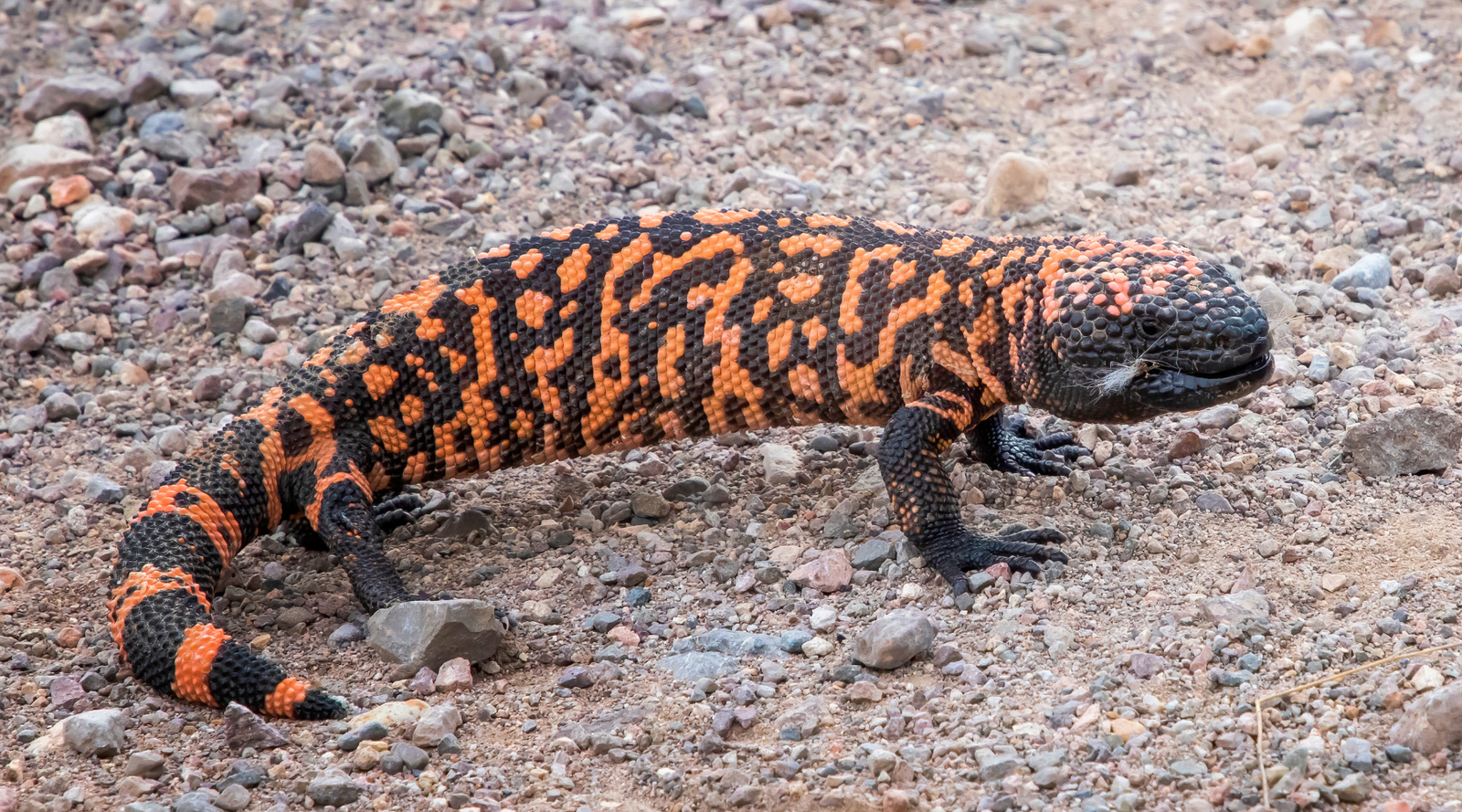5 Ways to Create a Hummingbird-Friendly Garden
Creating a hummingbird garden can be a fun and rewarding project for both experienced and novice gardeners. By creating a hummingbird garden, you can attract these beautiful creatures to your backyard and provide them with a source of food and shelter. In this blog post, we'll discuss 5 tips for creating a hummingbird garden that will attract these feathered friends.

Why Create a Hummingbird Garden?
Hummingbirds are fascinating and beautiful birds, known for their stunning colors, acrobatic flight, and their ability to hover in mid-air. As well as being beautiful creatures, they’re also one of several important pollinators, so it’s beneficial to create a garden that attracts and helps hummingbirds.
You can help other pollinators to visit your garden too by using our tips to create a bee-friendly garden and a bat-friendly garden.
5 Tips to Help You Create a Hummingbird-Friendly Garden
1. Choose the Right Location
The first step in creating a hummingbird garden is to choose the right location. The best spot is one that gets plenty of sunlight throughout the day, but that also experiences some shade so that the birds are protected from the hot midday sun. If possible, the availability of trees will help to attract hummingbirds and provide them with shade and perching spots.
2. Plant the Right Flowers
Hummingbirds are attracted to brightly colored flowers that contain nectar, particularly those that are tubular-shaped. Hummingbird favorites include:
- Salvia
- Bee balm
- Trumpet vine
- Cardinal flower
- Petunia
It's recommended to plant a variety of flowers that bloom at different times throughout the year, so that the hummingbirds have a consistent source of food. Planting several of the same species together helps to provide more nectar. BeCause Tees is proud to support Pollinator Partnership and they have extremely useful free Eco-Regional Planting Guides to help you choose the right flowers for your area.
Placing nectar bird feeders in your garden can also be very beneficial for hummingbirds, if they’re correctly maintained. Read our tips for how to maintain a nectar feeder.

3. Provide a Water Source
Hummingbirds love to bathe in water, so providing a shallow source of water in your garden is very helpful. Most birdbaths are too deep for hummingbirds, so misters, drippers, or a bird bath filled with stones to make the water much more shallow are more appropriate options.
4. Avoid Pesticides
Pesticides and other chemical treatments can be harmful to hummingbirds and other wildlife, so it's best to completely avoid using them in your garden.
5. Plant a Tree for Nesting
Trees are the perfect place for hummingbirds to perch and create their nests, so adding trees to your garden, if possible, is ideal for these pollinators. Larger trees are best, but smaller trees can still work well if you have a smaller yard.
In conclusion, creating a hummingbird garden can be a fun and rewarding project that not only attracts these beautiful birds to your backyard but also helps to support local wildlife. By choosing the right location, planting the right flowers, providing a water source, avoiding pesticides, and adding trees, you can create a hummingbird garden that will be a haven for these feathered friends. Shop our Pollinator Collection to rep your favorite pollinators and we'll make a donation to environmental nonprofits plus fund the planting of trees on your behalf.


















Leave a comment (all fields required)